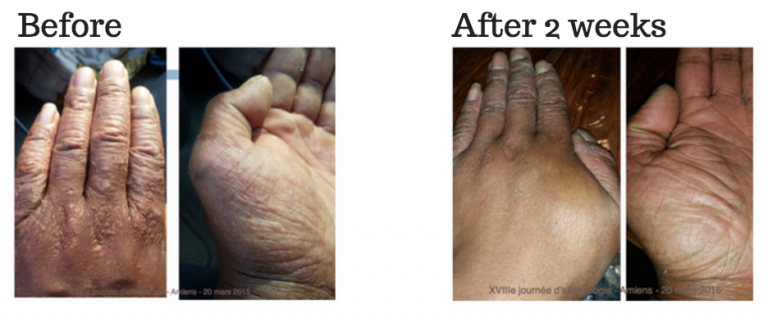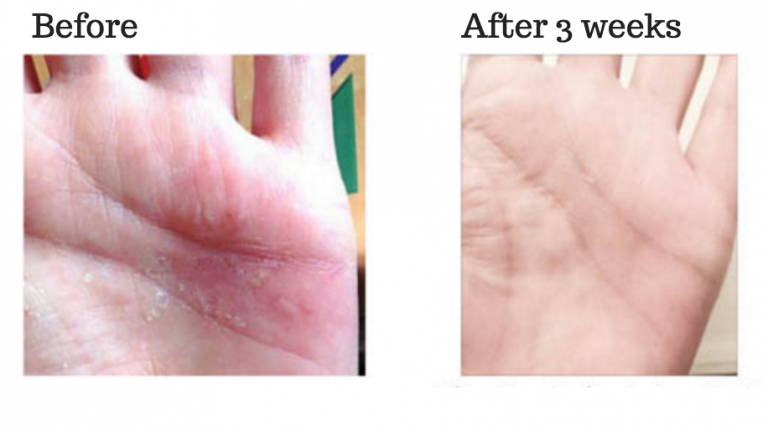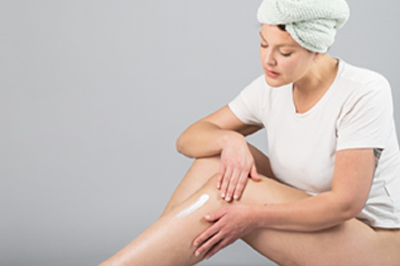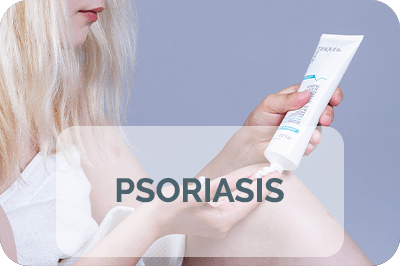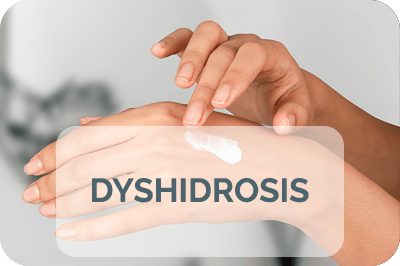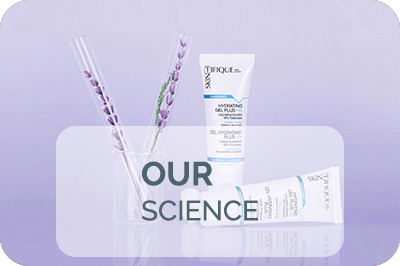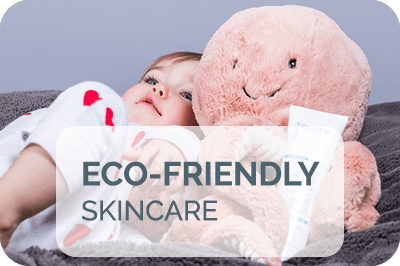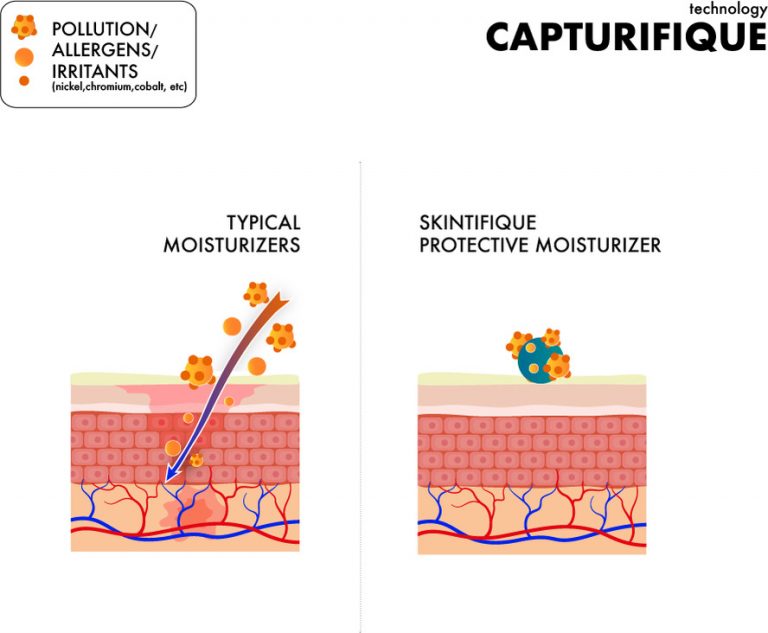Current context
- determine the effectiveness of this technology to prevent symptoms of contact dermatitis on healthy skin.
- Estimate the impact of these products on a damaged skin in association with dermatologists and allergists.
Process
Under medical supervision, 52 volunteers have tested the effectiveness of the Protective Cream HPS.
Effectiveness on healthy skin
To test the efficiency on healthy skin, 35 volunteers followed the following protocol:
- Choice of an object known to lead to a skin reaction (watch, earrings, costume jewelry, belt, jean button, shoes).
- Applying of the cream on the cutaneous zone in contact with this object and possible application of the cream directly on the object.
- Wearing the object. We wrote down the time during which no symptom appeared.
A protection is considered effective if there is a total absence of symptoms after wearing the object known to lead to a skin reaction for at least 5 hours.
Effectiveness on damaged skin
To test the effectiveness on damaged skins, 17 patients were recruited by doctors. They used the Protective Cream HPS on their dermatitis with follow-up of the evolution of the lesions. Then the doctors reported the results to Skintifique.
Results
Efficiency on healthy skin
The results showed the effectiveness of the protection for at least 5 hours for 79 % of the people which tested the Protective Cream HPS. This protection can last up to 18 hours for some of them.
For 13 % of the people, the protection did not meet the criteria to validate the effectiveness of the product. One of the criteria is the absence of reaction during at least 5 hours.
Finally, for the remaining 8 %, we were not able to determinate the efficiency of the product. It can be due to a misuse of the skin of the Protective Cream HPS.
Efficiency on damaged skin
The tests on damaged skin have been done within the framework of consultations with dermatologists and allergists. Because of the confidentiality, fewer elements are available on the demography of these populations. 17 patients and users belonging to several professional categories tried the Protective Cream HPS: construction worker, hairdresser, cashier, nurse, beautician.
76,5 % of the people with damaged skin experimented a real improvement of their skin condition. The effectiveness was insufficient or the test inconclusive for 23,5 % of them.
Some before/after pictures for damaged skin:
